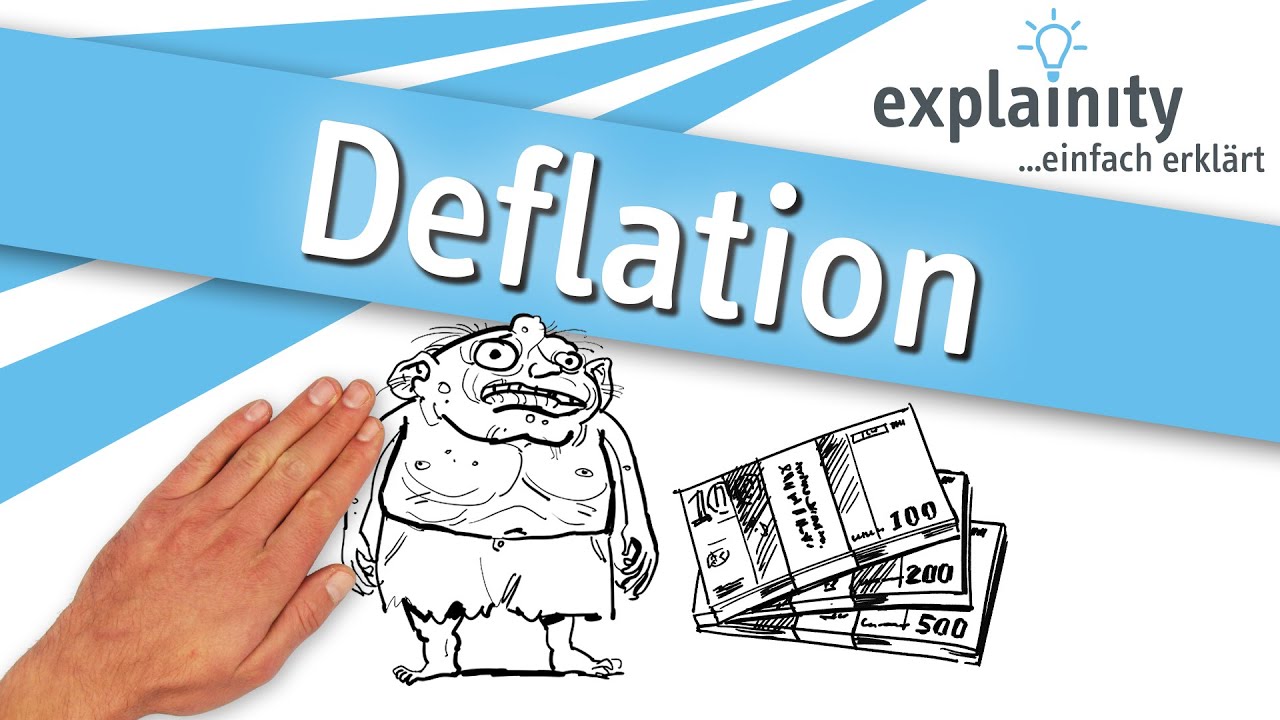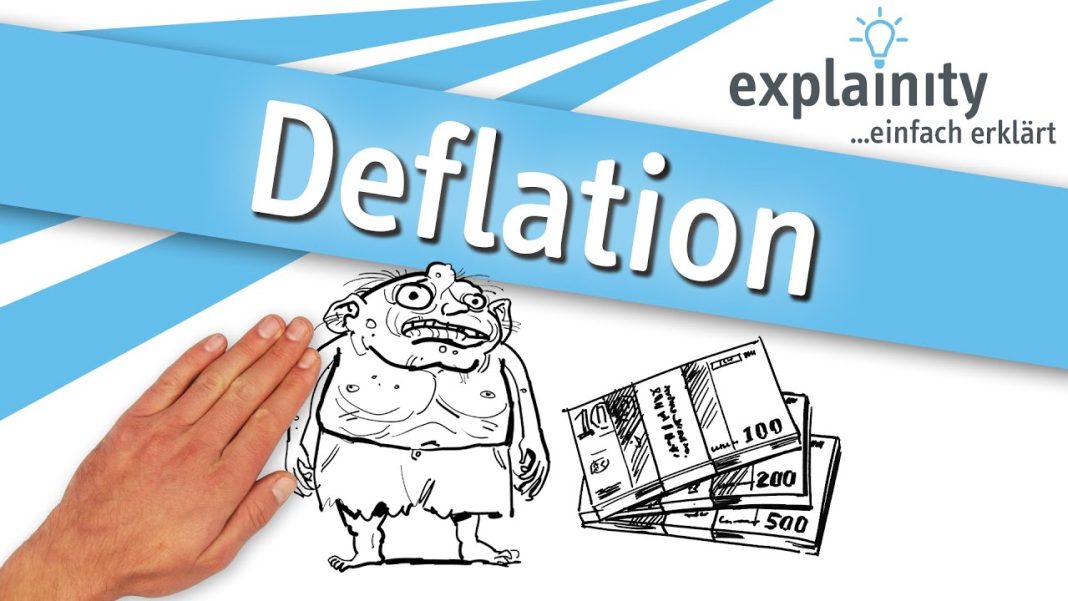 China’s economy has been grappling with deflationary pressures, as indicated by the continuous decline in the producer price index (PPI) for the past 21 months. The latest data released by the National Bureau of Statistics (NBS) in June revealed that the PPI fell by 0.8 percent from the same period last year. This decline signals economic contraction and recession, as lower prices and weak consumer demand result in reduced revenue for producers and higher unemployment rates.
China’s economy has been grappling with deflationary pressures, as indicated by the continuous decline in the producer price index (PPI) for the past 21 months. The latest data released by the National Bureau of Statistics (NBS) in June revealed that the PPI fell by 0.8 percent from the same period last year. This decline signals economic contraction and recession, as lower prices and weak consumer demand result in reduced revenue for producers and higher unemployment rates.
The data also showed that China’s consumer price index (CPI) experienced a 0.2 percent year-over-year increase in June, the lowest in three months. This figure was lower than the 0.4 percent increase predicted by investment websites and media outlets. Notably, food prices fell by 2.1 percent year over year, with fresh vegetable prices dropping by 7.3 percent and fresh fruit prices declining by 8.7 percent. Beef prices also saw a significant drop of 13.4 percent.
Economist Davy J. Wong and China observer Wang He believe that these data confirm the presence of deflation in China’s economy. According to Mr. Wong, the sluggish CPI proves that there is a decline in residents’ consumption power, while the negative growth of the PPI indicates a decrease in overall economic activity and production orders. Mr. Wang further adds that the decline in PPI for 21 consecutive months reflects China’s economic difficulties, particularly in the manufacturing sector, which accounts for about 28 percent of the country’s GDP.
Despite various intervention measures taken by the Chinese Communist Party (CCP) authorities, factors such as a long-term housing market downturn and high unemployment rates continue to weaken consumer confidence and domestic demand, leading to a sluggish economy. Mr. Wong suggests that the lifting of the CCP’s “zero-COVID” policy did not result in the expected rebound and recovery for the economy, as it is still affected by the impact of COVID-19 policies and the Sino-U.S. trade war.
The decline in PPI not only reflects the challenges faced by the industrial sector but also highlights China’s international trade issues. Europe and the United States have accused China of dumping practices and overcapacity, while Beijing is subsidizing industries such as batteries, electric vehicles, and wind power generation. However, despite these subsidies, the PPI continues to decline, indicating a loss of production orders and a reduction in high-value added orders. This decline in consumption power is even more severe than the increase in overcapacity, further exacerbating the decline in PPI.
The release of this data had a noticeable impact on China’s stocks, which remained subdued, and the yuan exchange rate, which fell to a nearly eight-month low. With the manufacturing industry contributing significantly to China’s GDP, the continuous decline in PPI poses a significant threat to the entire Chinese economy. It is crucial for the country to address these deflationary pressures and stimulate domestic consumption in order to revive economic growth and stability.


